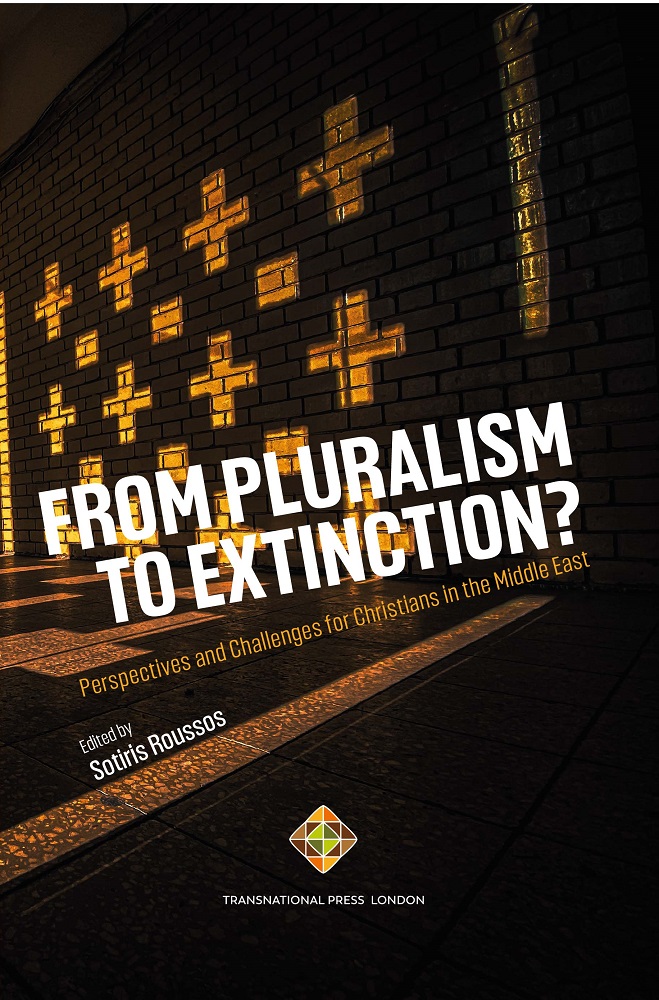Armenian Communities in The Middle East: Losing The Past in The Future?
Armenian Communities in The Middle East: Losing The Past in The Future?
Author(s): Hratch Tchilingirian
Subject(s): Ethnohistory, Political history, Middle Ages, Modern Age, Recent History (1900 till today), Nationalism Studies, Ethnic Minorities Studies, Politics and Identity
Published by: Transnational Press London
Keywords: Armenian Communities; The Middle East; Losing The Past in The Future; Armenian; Western Armenia; Palestine; Armenian-Islamic; realpolitik; Arabs; Turks; Persians; Kurds; heterodox; Ismailism;
Summary/Abstract: The Armenian presence in the Middle East dates back to ancient times, with the ancestral homeland of Western Armenia being located today in the eastern regions of the Republic of Turkey. While the Armenians are indigenous in some parts of the Middle East, in other parts, they have formed diaspora communities due to a variety of historical circumstances. “Since history has no secret pockets and private laws, things Armenian are also things Near Eastern”, writes Seda Dadoyan, a leading scholar of the history of Armenian-Islamic relations. From the first century of the Christian era, there has been an Armenian presence in Jerusalem, when they came to Palestine as Roman legionnaires and administrators. There is a long and extensive history of “Armenian-Islamic realpolitik with Arabs, Turks, Persians, Kurds as well as heterodox Islam (such as Ismailism)”, according to Dadoyan. Medieval Arab sources provide extensive accounts of Armenians in the Middle East. Indeed, “Arminyah and al arman were presented [in the Arab sources] as indigenous elements of the Near East and the narrative did not single them out from the regional texture”, explains Dadoyan. Since the seventh century, Armenians “have been part of the Islamic world”, and part of what is now the Middle East and its peoples. In the late eighth century, heterodox Armenians allied with “the Muslims on the Abbasid frontiers lands”. More significantly, medieval Armenian histories put the origin of all treaties regulating Islamic-Armenian relations in the Medinan period of Islam (622-632) and see them through a “so-called ‘Prophet’s Oath to Armenians’ (allegedly given to an Armenian delegation from Jerusalem to Medianh)”.
Book: From Pluralism to Extinction? Perspectives and Challenges for Christians in the Middle East
- Page Range: 13-44
- Page Count: 8
- Publication Year: 2023
- Language: English
- Content File-PDF

